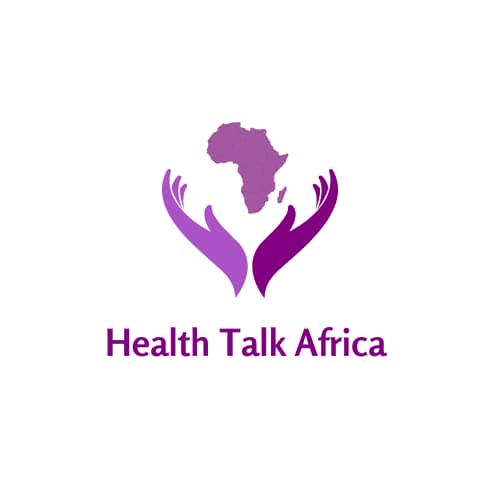Down syndrome is a genetic condition caused by the presence of an extra copy (partial or whole) of chromosome 21. This additional genetic material alters the course of development and causes the characteristics associated with Down syndrome.
Incidence rate
The estimated incidence of Down syndrome is between 1 in 1,000 to 1 in 1,100 live births worldwide. Each year, approximately 3,000 to 5,000 children are born with this chromosome disorder.
Symptoms of Down Syndrome
The symptoms of Down syndrome can vary widely but typically include physical and cognitive development delays, characteristic facial features, and a higher risk for certain health conditions, such as congenital heart defects and respiratory infections.
Management of Down syndrome
There is no cure for Down syndrome, but many therapies and treatments can help manage the symptoms and improve quality of life. Early intervention programs, including speech and language therapy, occupational therapy, and physical therapy, can help children with Down syndrome reach their full potential. Education and support programs can also help families and caregivers better understand and support those with Down syndrome. This facilitates their participation in mainstream society and the fulfilment of their personal potential.
Background
In December 2011, the General Assembly declared 21 March as World Down Syndrome Day (A/RES/66/149). The General Assembly decided, with effect from 2012, to observe World Down Syndrome Day on 21 March each year.
With Us Not For Us
The message of With Us Not For Us is key to a human rights-based approach to disability.
A human rights-based approach views people with disabilities as having the right to be treated fairly and have the same opportunities as everyone else, working with others to improve their lives.
